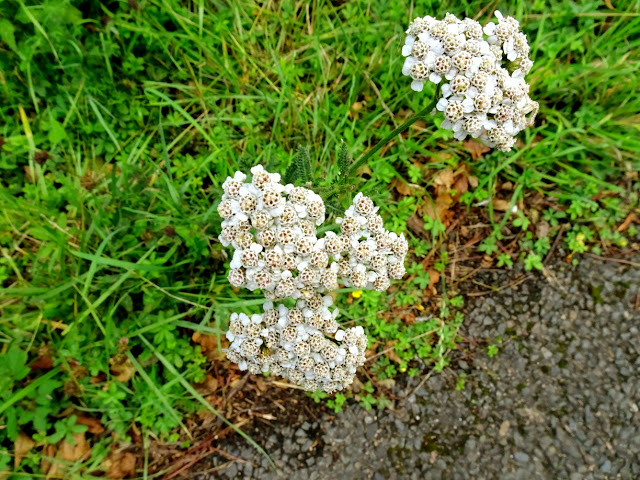Taking the North Downs Way towards Wouldham up the hill from the top of Nashenden Farm Lane leads to some spectacular views across the Medway Valley, particularly at this time of year just before harvest. It was a rather gloomy day but the views were no less impressive.
Long may they remain unspoiled...
 |
| Looking north towards the M2 from the HS1 bridge at Nashenden... |
 |
| Looking west towards the M2 bridges from just above Nashenden... |
 |
| Red Admiral... |
 |
| M2 bridge seem across the oat fields from the bottom of the North Downs Way... |
 |
| Cuxton from the Borstal North Downs Way... |
 |
| Cuxton Church Hill from the Borstal North Downs Way... |
 |
| Bores Hole chalk pit and North Halling... |
 |
| Halling, the River Medway and Holly Hill... |
 |
| Ivy Cottage, with Bores Hole and Church Hill in the background... |
 |
| The St. Andrews estate from the Wouldham North Downs Way... |
 |
| Common Poppies... |
 |
| Panorama from the Wouldham North Downs Way... |
 |
| Looking back towards Cuxton from the Wouldham North Downs Way... |
 |
| Corn Chamomile... |
 |
| Wall Butterfly... |
 |
| Medway Terrace on the Burham Road Pilgrims Way. The Black Robin is the blue house on the left... |
 |
| Wheat field view from the Black Robin... |
 |
| Purple Viper's Bugloss (Echium plantagineum...) |
At first I thought this was a common Vipers Bugloss but the flowers are not in the usual columnular form. I think I have the ID right, though. This is not a common UK wildflower and may be a garden escapee as the seeds and plants are often sold online...
































